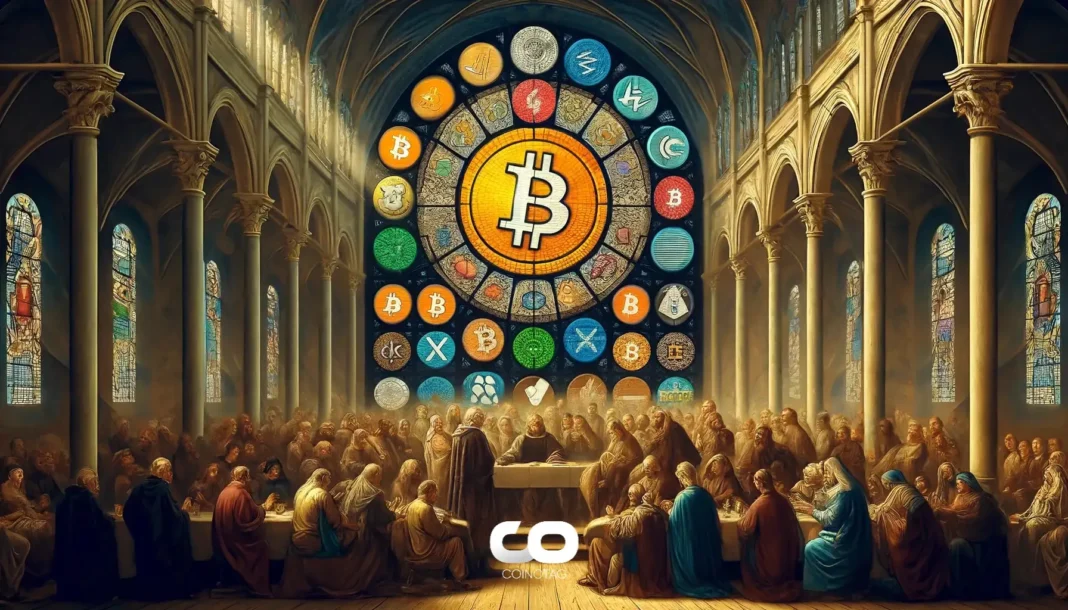-
Circle has expanded its Cross-Chain Transfer Protocol (CCTP) V2 to include Solana, marking a significant advancement in native USDC interoperability across major blockchain networks.
-
This integration leverages Solana’s high throughput and low transaction costs, enabling faster, more secure, and capital-efficient USDC transfers between Solana and other supported chains like Ethereum, Arbitrum, Avalanche, and Base.
-
According to COINOTAG, “Circle’s Solana support in CCTP V2 sets a new standard for cross-chain stablecoin transfers, reducing reliance on wrapped tokens and enhancing liquidity across ecosystems.”
Circle’s CCTP V2 now supports Solana, enabling native USDC transfers that improve liquidity, security, and user experience across multiple blockchain networks.
Circle’s Cross-Chain Transfer Protocol V2: Unlocking Native USDC Transfers on Solana
The recent inclusion of Solana in Circle’s Cross-Chain Transfer Protocol V2 represents a pivotal enhancement in blockchain interoperability. CCTP’s innovative burn-and-mint mechanism allows USDC holders to seamlessly move stablecoins natively between supported blockchains without the risks associated with wrapped tokens or liquidity fragmentation. By burning USDC on the source chain and minting an equivalent amount on the destination chain, Circle ensures a cryptographically secure and capital-efficient transfer process.
Solana’s integration is particularly impactful due to its reputation for ultra-fast transaction speeds and minimal fees, which complements CCTP’s design philosophy. This synergy enables users and developers to access Solana’s vibrant DeFi, NFT, and gaming ecosystems with native USDC, enhancing cross-chain liquidity and fostering new decentralized application opportunities.
How CCTP V2 Enhances USDC Cross-Chain Mobility
CCTP V2’s architecture addresses longstanding challenges in cross-chain asset transfers by eliminating the need for traditional bridging methods that often introduce counterparty risks and capital lockup. The protocol operates through a four-step process:
- Initiation of USDC transfer on the source chain.
- Burning of USDC tokens on the source chain to remove them from circulation.
- Circle’s attestation service verifies the burn event, ensuring transparency and security.
- Minting of an equivalent native USDC amount on the destination chain.
This approach maintains a consistent total supply of USDC across networks and significantly reduces the risk of depegging or liquidity shortages common with wrapped tokens. The addition of Solana to this ecosystem not only broadens the protocol’s reach but also enhances the overall efficiency and security of cross-chain stablecoin transfers.
Benefits of Solana Integration for Users and Developers
The integration of Solana into CCTP V2 delivers multiple advantages:
- Enhanced Liquidity: Native USDC transfers facilitate deeper liquidity pools across Solana and other major chains, supporting more robust DeFi protocols.
- Improved User Experience: Users benefit from faster and more cost-effective USDC transfers, leveraging Solana’s low fees and high throughput.
- Increased Security: The burn-and-mint model reduces dependency on third-party bridges, mitigating risks related to wrapped assets and bridge exploits.
- Developer Innovation: Developers gain the ability to create cross-chain applications that utilize native USDC, enabling complex, capital-efficient strategies without managing multiple token versions.
- Capital Efficiency: By avoiding large capital lockups in bridge contracts, the protocol frees liquidity for other ecosystem uses.
Considerations and Challenges in Cross-Chain USDC Transfers
Despite its advantages, CCTP V2’s cross-chain USDC transfers require attention to several factors:
- Integration Requirements: dApps and wallets must adopt CCTP to provide seamless user access, which may take time to achieve widespread coverage.
- Transaction Costs: Users incur fees on both source and destination chains; while Solana’s fees are minimal, chains like Ethereum may present higher costs.
- Transfer Speeds: Overall transfer times depend on block confirmation speeds and Circle’s attestation latency, with slower source chains potentially delaying completion.
- User Education: Differentiating between native USDC via CCTP and wrapped USDC is crucial for users to optimize their cross-chain strategies.
Nevertheless, the protocol’s design substantially mitigates traditional bridging risks, offering a more secure and efficient alternative for cross-chain stablecoin movement.
The Road Ahead: Expanding CCTP’s Multi-Chain Ecosystem
Circle’s commitment to expanding CCTP’s supported networks signals a future where native stablecoin transfers become the norm across an increasingly interconnected blockchain landscape. The addition of Solana is a strategic milestone that enhances connectivity between high-performance networks and established ecosystems like Ethereum and Avalanche.
For developers, this opens avenues to build innovative cross-chain DeFi applications, gaming economies, and payment solutions that leverage native USDC liquidity without fragmentation. Users can anticipate more dApps and wallets integrating CCTP V2, simplifying multi-chain asset management and fostering a more unified crypto experience.
Conclusion
Circle’s integration of Solana into its Cross-Chain Transfer Protocol V2 marks a significant evolution in stablecoin interoperability. By enabling native USDC transfers that are secure, capital-efficient, and user-friendly, this development enhances liquidity and connectivity across major blockchain networks. As CCTP continues to grow, it paves the way for a more seamless multi-chain ecosystem where stablecoins like USDC serve as foundational infrastructure. Stakeholders across the crypto space should monitor adoption trends closely, as this protocol sets new standards for cross-chain asset mobility and decentralized finance innovation.







